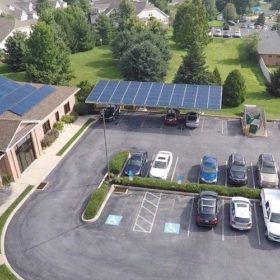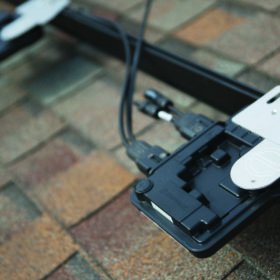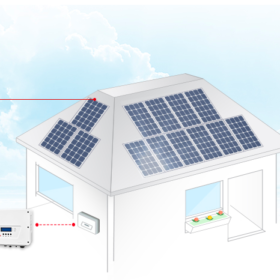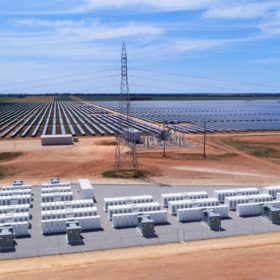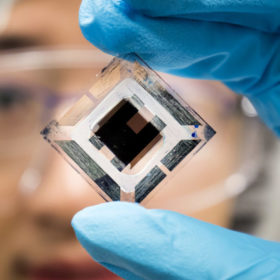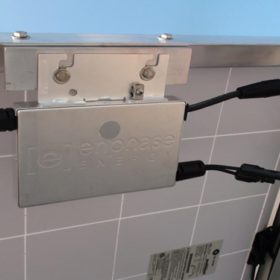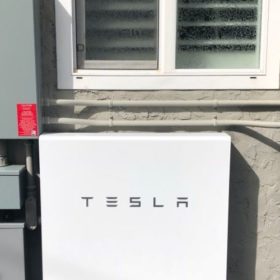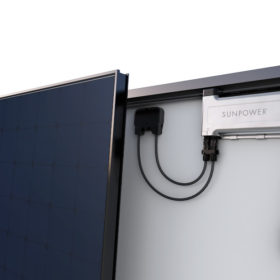Enphase is making money again
The California-based microinverter maker posted $92 million in revenue in the final quarter of last year, and more than $106 million in cash as the company reported its first positive quarterly and annual operating income figures in years. Enphase is booked out for all of this quarter and seemingly into the late spring months too.
A blockchain trading solar power system in the real world
PowerLedger’s xGrid is a blockchain-based electricity trading platform that’s now being used in a Pennsylvania business park, in addition to Chicago, California, a large housing unit in Australia, plus a few more locations.
Even with new capacity investments, Enphase still sold out
Enphase says its inverter lead times are ~13-15 weeks, even with dedicated manufacturing lines for components. Two new long term contracts expect to turn on in Q3 and Q4 ’19, lowering lead times to ~6-8 weeks.
OK Google, what is SolarEdge’s energy vision?
SolarEdge has recently purchased an Italian EV system manufacturer, a South Korean battery maker, an Israeli UPS producer, internally developed a virtual power plant grid service, and now they’re working with Google to integrate energy management tools into Google Assistant.
NREL publishes U.S. large scale solar plus lithium ion storage cost study
NREL has released an report which, for the first time, highlights utility scale energy storage costs with various methods of tying it to solar power: co-located or not, and DC- vs AC-coupled.
First Solar sees a doubling coming in 2019
The U.S. module maker projects 5.4 to 5.6 GW of solar module shipments next year, more than double its current projected 2018 volumes of 2.6 to 2.7 GW.
US scientists unveil 15% efficient solar window
A University of Michigan team hopes to offer a 15% efficient solar window product, which allows 50% of the light through. It has received US$1.3 million from the Department of Energy’s Solar Energy Technologies Office to develop the idea further.
Enphase sold out into 2019, with improved margins
Enphase’s 3rd quarter results saw revenues at $78 million with an estimated $10 million sales shortfall due to a component shortage, as the company shipped 204 MW of inverters. Future speculation saw an international play on the IQ8, the SunPower partnership, and energy storage driving growth.
Vulnerable at-home patients to get Tesla Powerwalls
The Vermont Lower Income Trust for Electricity have provided a US$150,000 grant for 100 low-income electricity customers with significant need for reliable backup power due to health and mobility issues.
Enphase finalizes purchase of SunPower mincroinverter business
The deal gives SunPower $25 million in cash and 7.5 million shares in Enphase. Enphase also gains access to SunPower microinverter IP, and rights to SunPower’s Equinox AC modules line.

